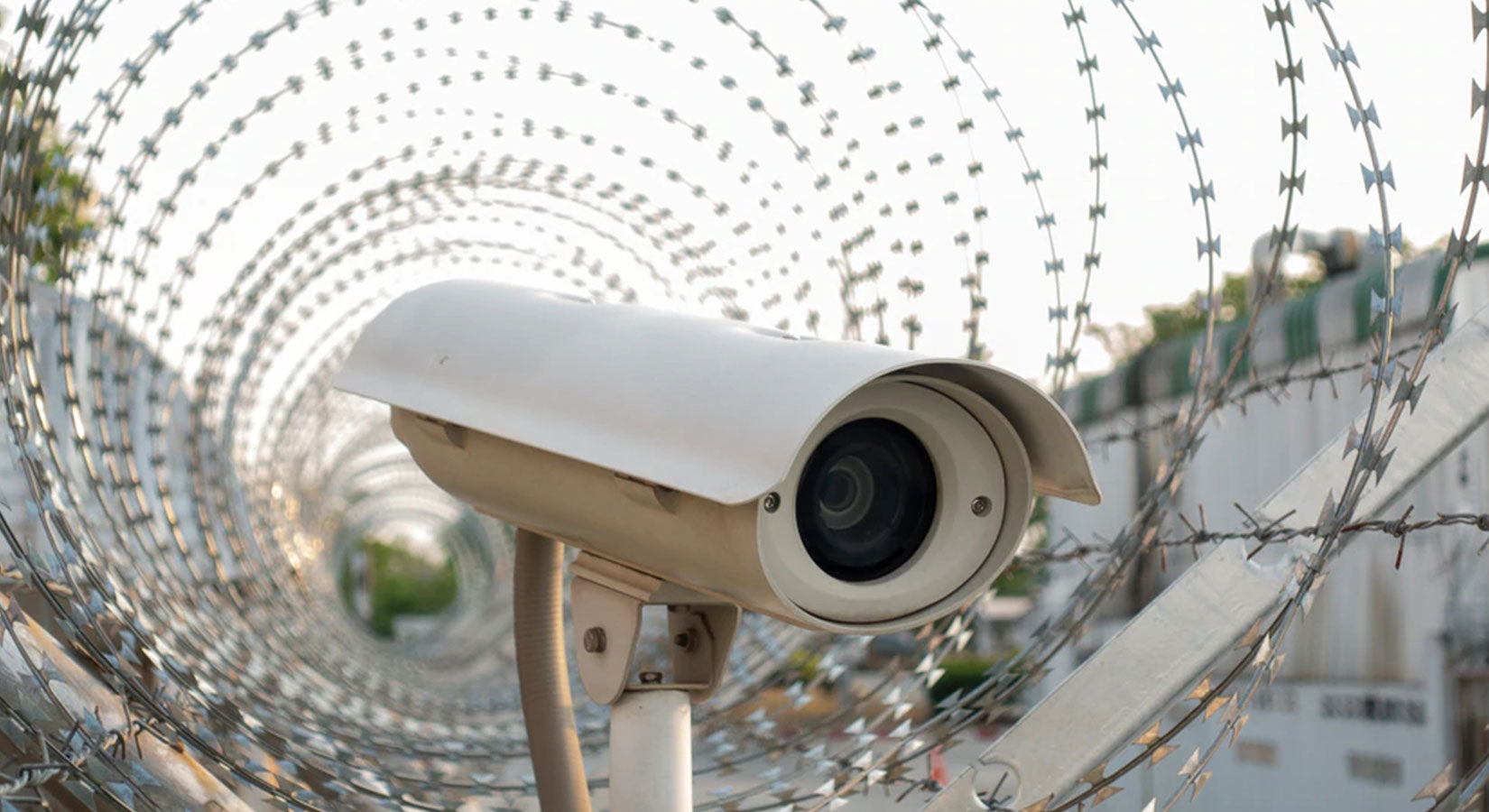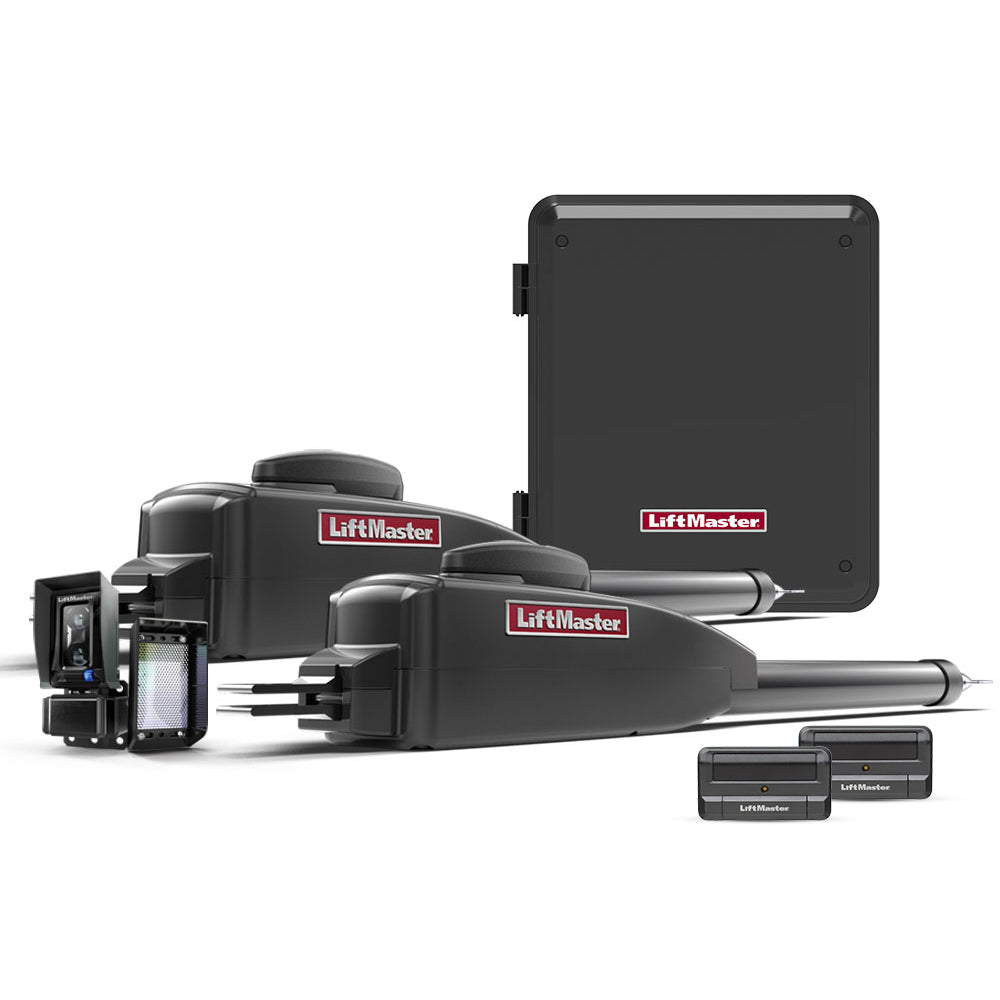When you own a property, whether commercial or residential, you want to keep your asset safe from intruders and vandalism. With over 2.5 million burglaries yearly in the U.S., you can’t afford not to secure your property.
One of the best ways to protect your premises is with perimeter security, which involves securing the outside of your property to prevent unauthorized people from gaining access to it.
When it comes to perimeter systems, there are many security solutions available. The type your facility needs will depend on the building itself and how it is used.
For example, a bank would need a perimeter security system that is quite different from what you may need at home.
In this article, we discuss the different types of perimeter security options that are available for you to ensure your property is safe.
What Is Perimeter Protection?
Put simply, perimeter protection is securing the outside of your property to ensure that no unauthorized individuals or vehicles can get inside it. It also acts as a deterrent for anyone considering entering your property unlawfully.
It involves the installation of security equipment to protect a property or site to minimize intrusion or security breaches.
Perimeter security efforts may include installing barriers, gates, alarms, and access control solutions to manage who enters and exits your property.
Traditionally, perimeter security solutions were only used to protect critical infrastructure like military facilities and airports. However, in our modern world, security has become more important than ever, which is why perimeter protection has become so popular.
Different Types of Perimeter Security Systems
The type of perimeter security you choose will depend on the building you want to protect and how people enter and exit your property. It will also depend on what you are attempting to achieve—do you want to prevent prisoners from escaping a facility or intruders from entering your building?
Let’s unpack some of the most common perimeter security systems and how they work to keep your premises safe.
Electric Fences
A step-up from traditional barbed wire, these fences are electrified and emit a shock when touched—or when someone tries to cut through it—which makes it almost impossible for someone to attempt a breach.

Some electric fences are designed to send an alert when they are tampered with or activate an alarm in the event of an intrusion. However, this can result in false alarms, which may become problematic for you or your neighbors.
Many modern fencing solutions allow you to control and monitor this barrier via an app on your smartphone. This is particularly useful if you have an alarm installed on the fence.
Check If You Have Permission to Install an Electric Fence
Electric fences can cause fatal injuries if someone comes into contact with them. It’s important to determine whether you are legally allowed to have one in your specific area of residence or at your commercial property. You might need specific permits to install this type of perimeter security.
CCTV Security System

CCTV stands for closed-circuit television and is possibly the most common type of perimeter security system besides a physical fence. This kind of security system involves strategically installing surveillance cameras targeting different areas around the property and its entry points.
The position of each surveillance camera is determined by an Intelligent Video Analysis to ensure that the entire property is visible on video.
CCTV cameras continuously record video footage that is then saved on a device that can be retrieved and analyzed in case of a security breach.
In some cases, security services constantly monitor the video footage and watch for any intrusion attempt.
Many different types of cameras can be used, but the most common are:
- Thermal: A camera that senses heat and captures images based on the sources it detects.
- Domes: These cameras are designed to work in harsh environments, as well as low-light or even no-light conditions, due to their built-in infrared LEDs.
- Conventional: A system of cameras that is connected to a power supply and a digital video recorder (DVR).
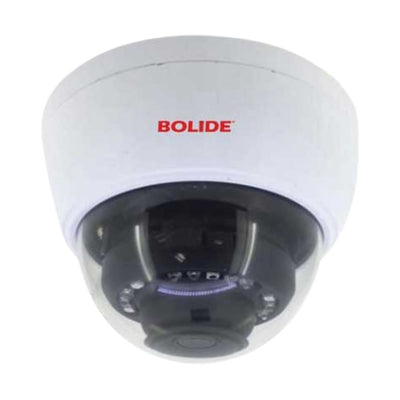
With some CCTV systems, you can access the cameras remotely and have full control of your surveillance over the Internet—these are called IP cameras.
Access Control Systems

Access control systems are typically installed to restrict entry into a property by unauthorized individuals. There are many kinds of sophisticated access control systems, and they can be used to:
- Allow only authorized people access to the site or building.
- Restrict access to authorized personnel in certain areas of the facility or building.
- Monitor the movement of authorized personnel within the property.
Access control systems can be in the form of maglocks, telephone entry systems, and drive-through access control systems.
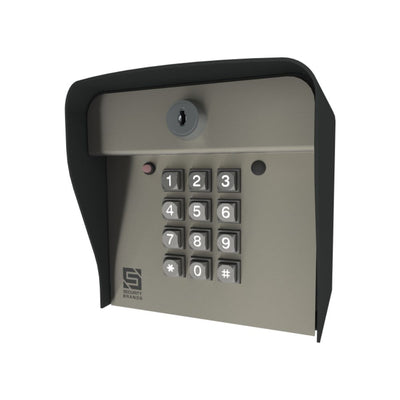
These systems give you complete control over who enters your property.
Fiber Optic Detection Systems
These systems detect any unauthorized presence on a property by using fiber optic cables. The cables are connected to an alarm that will activate if they sense movement.
In this system, a laser injects light into the fiber which travels the length of the cable. A detector receives the light and converts it into an electrical signal. If the cable is disturbed, for example, by someone walking over it, the signal changes and triggers an alarm. These systems typically also use software to determine the type of disturbance to avoid false alarms.
Fiber optic detection systems are best used on exceptionally large properties where the fences and walls can't always be fully monitored.
These systems can be fence-mounted, buried, or deployed on top of a wall to monitor vibration signals along the length of the fiber optic cable.
Motion Sensors
These perimeter security systems are for monitoring highly sensitive properties where simply relying on a fence, CCTV cameras, and a gate access control system isn't enough.
Motion sensors are designed to detect movement within the property, provided that all sections are covered by these sensors.

These sensors use infrared rays to detect movement, temperature change, or both.
You can program your motion sensors to be fully active, which means that they constantly emit power and detect all movement at any given time; or passive, which activates an alarm only when there is movement or a temperature change.
Ground Radar Systems
Designed specifically for large properties, you can get a ground radar system that can detect the presence of intruders or even vehicles from as far away as 1,500 meters (1,640 yards) or as close as 700 meters (766 yards).
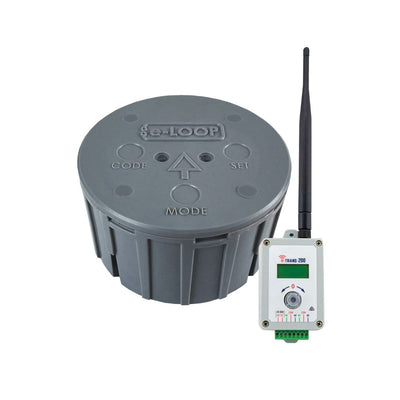
This type of system is ideal for factories or plants surrounded by open fields, or places that other kinds of perimeter security systems cannot fully protect.
Microwave Barriers
You’ll typically find microwave barriers installed at highly sensitive facilities such as banks or government buildings.
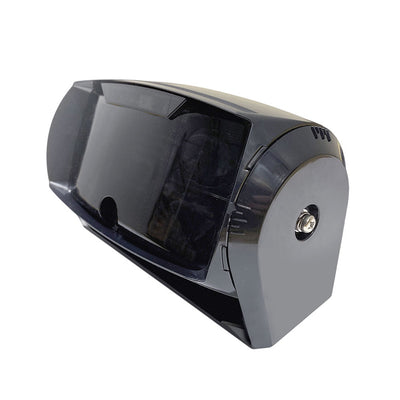
Microwave barriers can detect an intruder's presence even when hidden from the sight of CCTV cameras. Since these types of barriers don't need direct vision like infrared-based security systems, they are ideal for facilities with many hiding places.
Seismic Sensors
If you run a highly sensitive facility that could be vulnerable to intrusion from below ground level or from a hole being hammered to breach the perimeter wall, you will probably need seismic sensors. This sensor is designed to detect unusual vibrations in its field of activation.

Seismic sensors can be programmed to different sensitivity levels and activate an alarm whenever someone tries to access your property, either by hammering a hole in the wall or digging from below the ground. It's also sensitive to thermal lances that are capable of passing through concrete and steel.
You May Want to Choose Buried Sensors
Buried sensors are invisible seismic sensors that are placed underground. They create a barrier around an area and prevent anyone from digging under, hammering at, or jumping over them.
If you have a property with a risk of underground intrusion, the installation of buried sensors might be the best option for you.
Investing in the Right Perimeter Security System
Many types of perimeter security systems are available on the market, each with a specific purpose. However, one of the best courses of action is combining several of these systems to give your facility comprehensive protection.
Perimeter security systems give you peace of mind as you won’t have to worry about undetected intruders, physical harm to your property, or other security breaches anymore.
At All Security Equipment, we stock an extensive range of perimeter security equipment and accessories to help you customize your perimeter protection and provide the best overall solution. Shop our range of perimeter security essentials, or get in touch if you need expert advice on any of your security needs!

